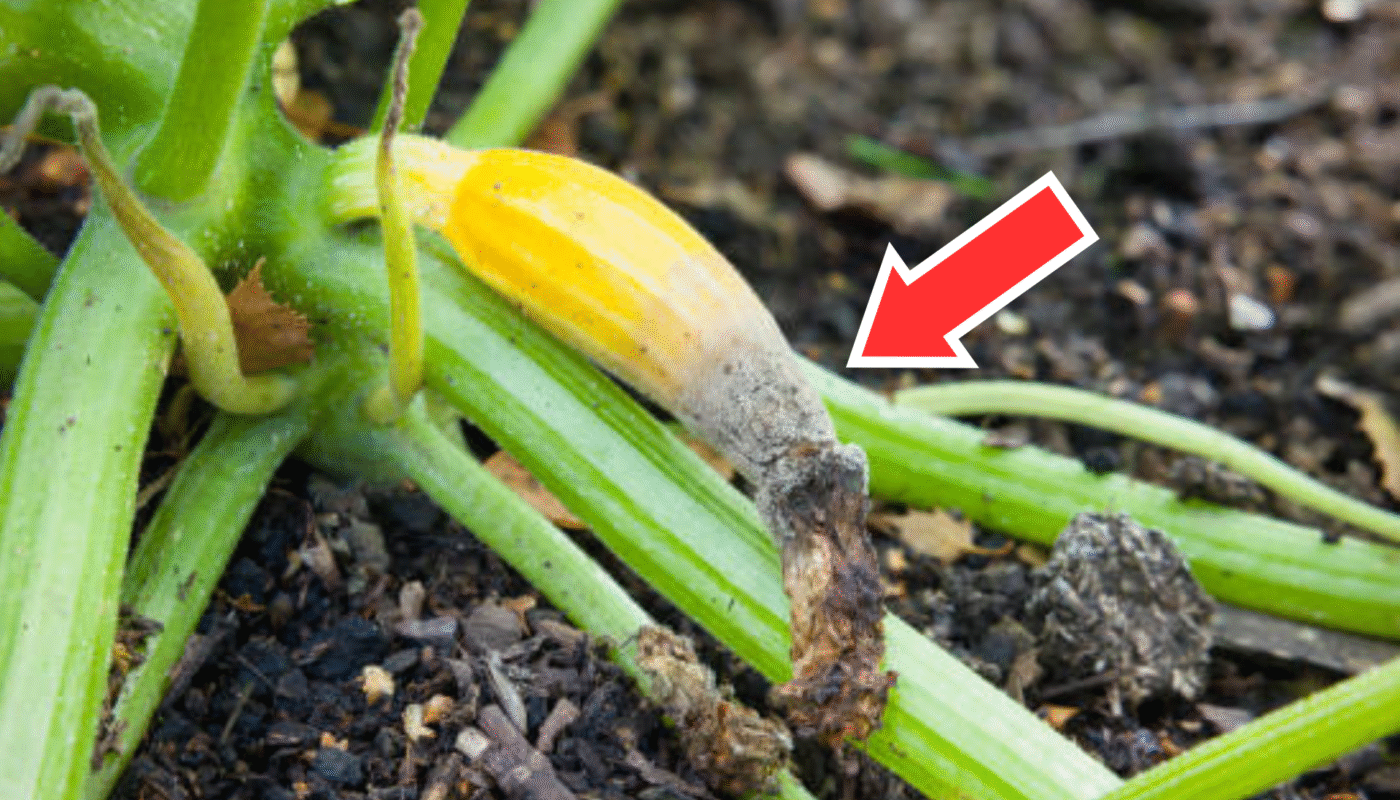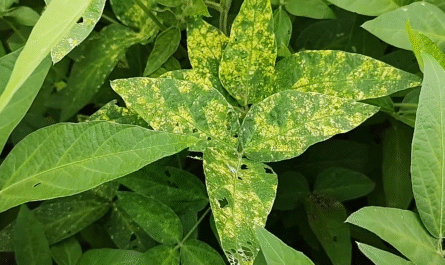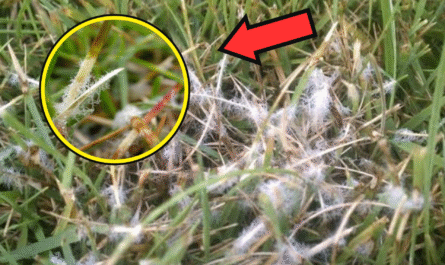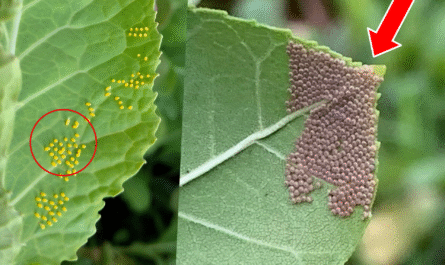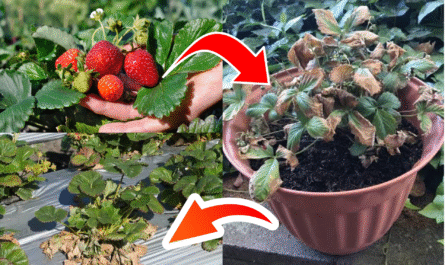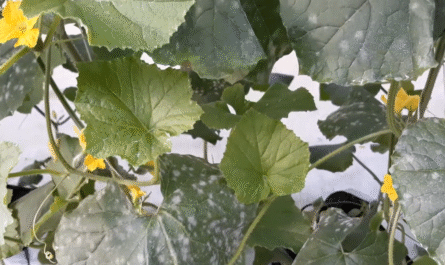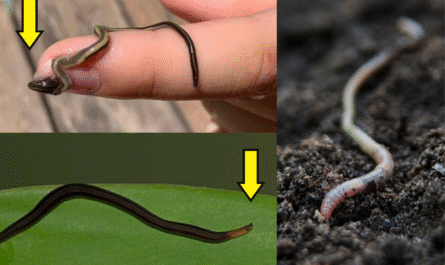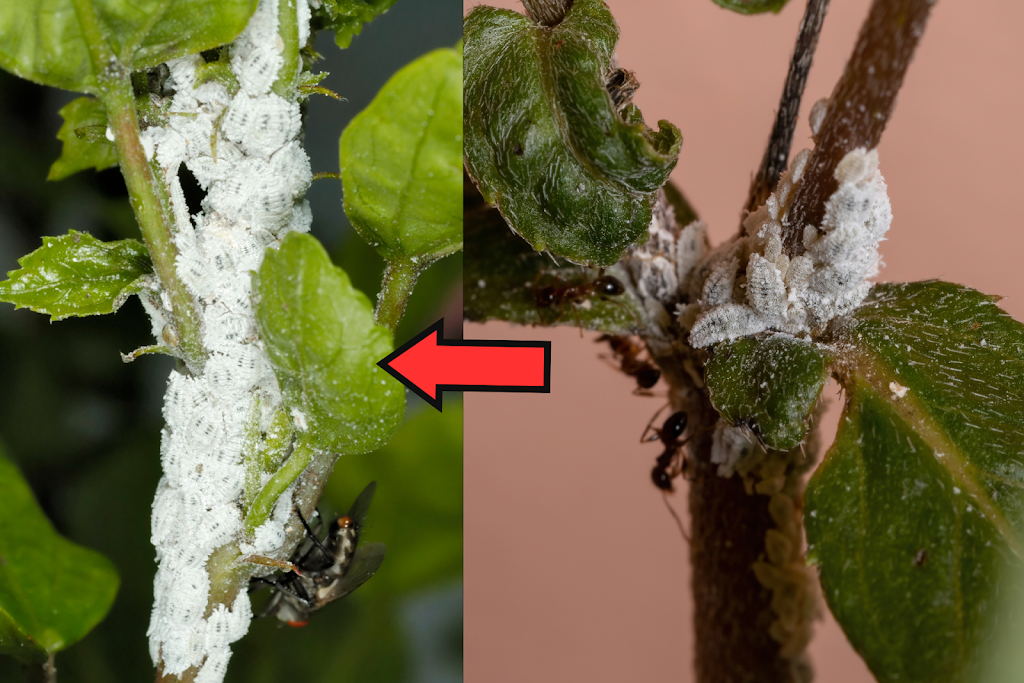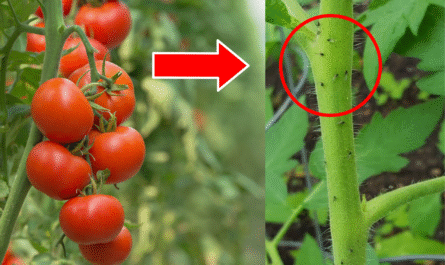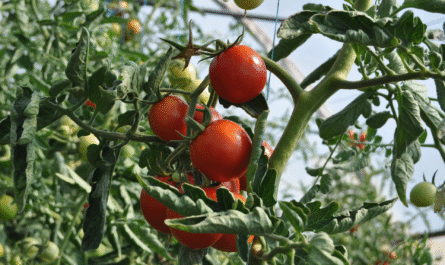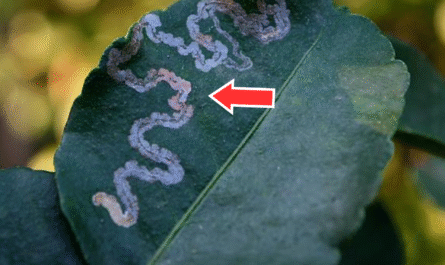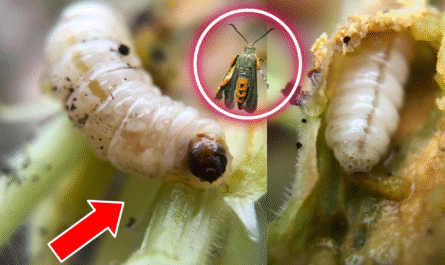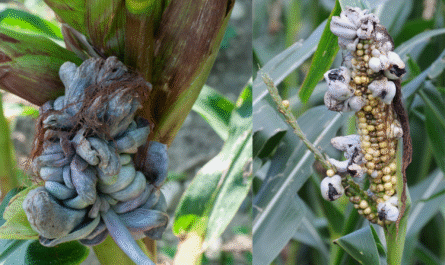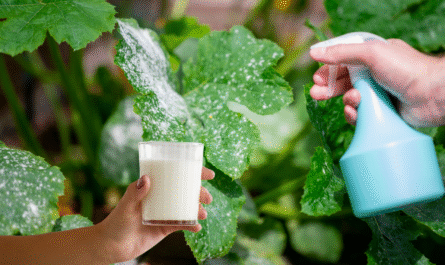Blossom end rot is a common issue that affects zucchini plants and can be a source of frustration for gardeners.
This disorder manifests as a dark, sunken spot at the blossom end of the fruit, which can render the zucchini inedible.
Understanding the causes, treatment, and prevention of blossom end rot is essential for maintaining a healthy zucchini crop.
In this comprehensive guide, we will explore the factors that contribute to blossom end rot and provide practical solutions to treat and prevent it.
Understanding Blossom End Rot
Blossom end rot is not a disease but a physiological disorder caused by a calcium imbalance within the plant.
This condition primarily affects the developing fruit and is characterized by the following symptoms:
1. Dark, sunken spots: These typically appear at the blossom end (the opposite end from where the fruit attaches to the plant).
2. Water-soaked appearance: The affected area may initially appear water-soaked before turning dark and leathery.
3. Fruit deformation: In severe cases, the fruit may become misshapen and stunted.
Causes of Blossom End Rot
The underlying cause of blossom end rot is a deficiency of calcium in the developing fruit.
However, several factors can contribute to this calcium imbalance:
1. Inconsistent Watering
Fluctuations in soil moisture levels can disrupt the plant’s ability to uptake calcium. Both drought and excessive watering can be problematic.
2. Calcium-Deficient Soil
Soil that lacks sufficient calcium or has an imbalance of other nutrients (such as high levels of potassium, magnesium, or nitrogen) can inhibit calcium absorption.
3. Rapid Growth
Conditions that promote rapid plant growth, such as high temperatures and excessive nitrogen fertilization, can outpace the plant’s ability to transport calcium to the developing fruit.
4. Root Damage
Damaged roots, whether from pests, disease, or physical injury, can impair the plant’s ability to uptake nutrients, including calcium.
5. High Salinity
Excessive salts in the soil can compete with calcium uptake, leading to a deficiency in the plant.
Treating Blossom End Rot
If you notice blossom end rot on your zucchini plants, there are several steps you can take to mitigate the damage and prevent further occurrences:
1. Consistent Watering
Ensure your zucchini plants receive consistent moisture. Water deeply and regularly, aiming for about 1-1.5 inches of water per week, depending on weather conditions.
Mulching around the plants can help retain soil moisture and prevent fluctuations.
2. Soil Testing and Amendment
Conduct a soil test to determine the calcium levels and overall nutrient balance. If your soil is deficient in calcium, consider adding lime or gypsum to increase calcium availability.
Follow the recommendations provided by the soil test results.
3. Foliar Calcium Sprays
Applying a calcium-rich foliar spray can provide a quick boost to plants experiencing a deficiency.
Use a commercially available calcium solution and follow the instructions for application.
However, this is a temporary solution and should be complemented by addressing the underlying soil issues.
4. Adjusting Fertilization Practices
Avoid over-fertilizing with high-nitrogen fertilizers, which can promote rapid growth and exacerbate blossom end rot.
Instead, use a balanced fertilizer that provides essential nutrients without promoting excessive vegetative growth.
5. Pruning and Plant Spacing
Proper plant spacing and pruning can improve air circulation and reduce stress on the plants, allowing them to allocate resources more efficiently.
Remove any damaged or diseased leaves to prevent further stress on the plants.
6. Root Health
Protect the root system by avoiding physical damage and managing pests and diseases that can harm the roots.
Healthy roots are essential for optimal nutrient uptake.
Preventing Blossom End Rot
Prevention is always better than cure, and there are several proactive measures you can take to prevent blossom end rot in your zucchini plants:
1. Soil Preparation
Before planting, prepare the soil by incorporating organic matter such as compost or well-rotted manure.
This improves soil structure, water retention, and nutrient availability.
2. Soil Testing
Conduct a soil test before planting to determine the nutrient levels and pH. Aim for a soil pH between 6.0 and 6.8, which is ideal for zucchini plants.
Amend the soil based on the test results to ensure a balanced nutrient profile.
3. Consistent Watering Routine
Establish a consistent watering routine from the start. Water deeply and regularly, ensuring the soil remains evenly moist.
Use soaker hoses or drip irrigation to deliver water directly to the root zone and minimize water loss through evaporation.
4. Mulching
Apply a layer of mulch around the base of the plants to conserve soil moisture, regulate temperature, and reduce weed competition.
Organic mulches, such as straw or wood chips, also break down over time, adding valuable organic matter to the soil.
5. Balanced Fertilization
Use a balanced fertilizer that provides essential nutrients, including calcium.
Avoid excessive nitrogen fertilization, which can promote rapid growth and increase the risk of blossom end rot.
Organic fertilizers, such as compost or fish emulsion, are good options for providing a steady release of nutrients.
6. Proper Plant Spacing
Ensure adequate spacing between plants to promote good air circulation and reduce competition for water and nutrients.
Proper spacing also helps prevent the spread of diseases and pests.
7. Monitoring and Early Intervention
Regularly inspect your zucchini plants for any signs of blossom end rot or nutrient deficiencies.
Early intervention can prevent minor issues from becoming major problems.
If you notice any symptoms, take immediate action to address the underlying cause.
8. Calcium-Rich Amendments
Incorporate calcium-rich amendments into the soil before planting.
Crushed eggshells, bone meal, and dolomitic lime are excellent sources of calcium that can improve soil calcium levels over time.
Conclusion
Blossom end rot in zucchini plants can be a frustrating issue, but with a proactive approach, it can be effectively treated and prevented.
The key to preventing blossom end rot lies in maintaining a steady supply of calcium and providing optimal growing conditions for your plants.
With these strategies in place, you can enjoy a bountiful harvest of healthy, delicious zucchini.

